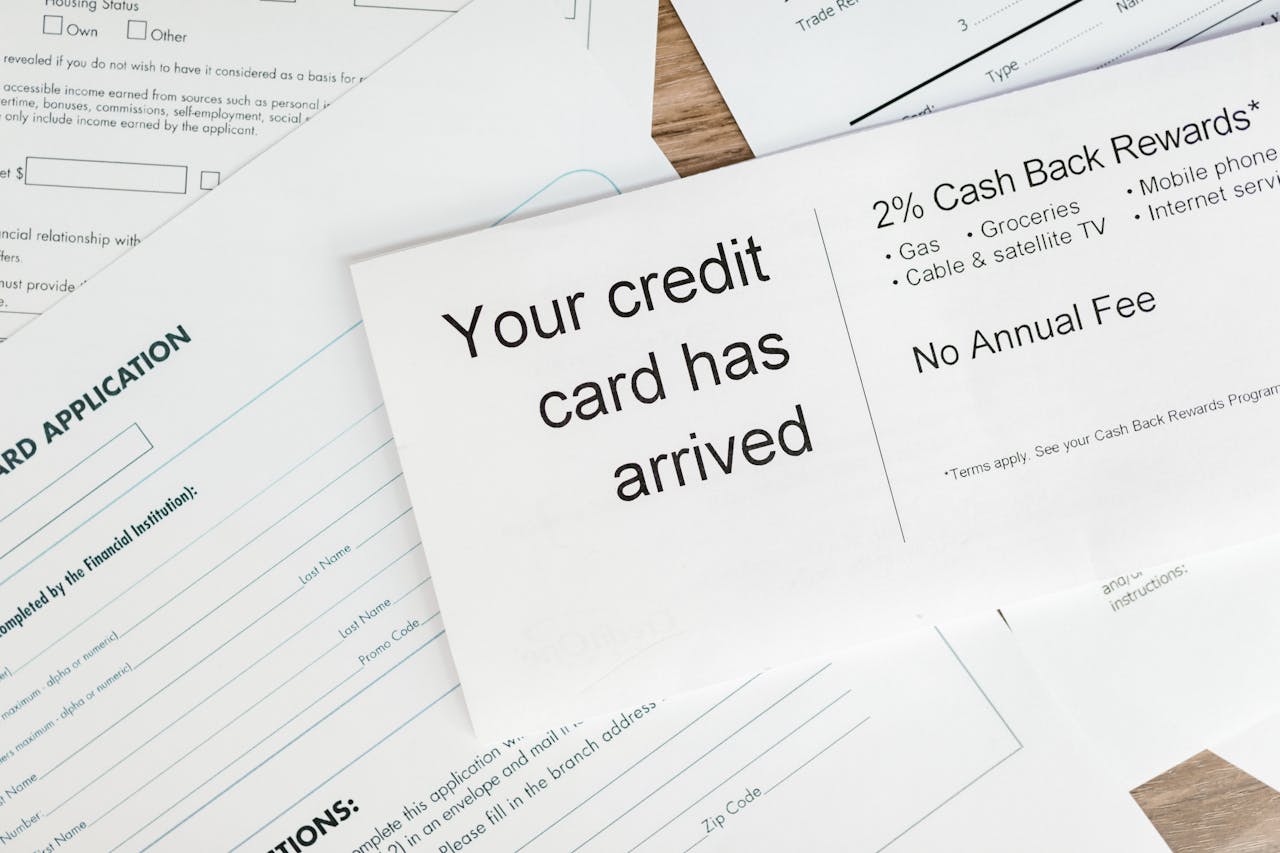How to Prevent Credit Card Fraud? Here’s Your 2025 Survival Guide
Last year, I spent a week in London. After returning home, I received a bill showing three “auto-recharge” transactions I had never seen—each for under £20, spread over three days. I thought it was a glitch, but the bank’s investigation revealed it was a classic “micro-amount testing fraud.” Unlike big-ticket card theft, these low-value transactions are sneaky and often go unnoticed.
This is what credit card fraud looks like in 2025: scammers don’t just hack into systems and max out cards anymore. They’re playing it subtle—“small scams, big impact”—and quietly taking your money right under your nose.
So, here’s the real question: How can we effectively protect ourselves from credit card fraud?
Let’s look at this from a different angle—technology, behavior, psychology, and real cases. By the end, you’ll have built your own fraud immunity.
1. What Are the 2025 Trends in Credit Card Fraud?
Let’s start with the numbers:
- According to Experian’s April 2025 report, total credit card fraud losses in the U.S. exceeded $14.1 billion, up nearly 18% from 2022.
- The UK’s Financial Conduct Authority (FCA) reported that 47% of fraud cases involved “card-not-present” environments, like online or mobile transactions.
- European data protection agencies warn of a rise in deepfake technology used for identity theft and fraudulent credit applications.
In short: today’s scammers aren’t just hackers—they’re actors.
2. The Five Most Common Credit Card Scams (2025 Edition)
| Fraud Type | Characteristics | Example |
|---|---|---|
| Phishing Emails/Text | Pretending to be banks or payment platforms with fake links | “Unusual activity detected. Click here to verify.” |
| Social Engineering | Posing as support agents or acquaintances to get your data | “I’m from Visa Security. We need to verify your last transactions.” |
| Micro Test Transactions | Small repeated charges to test if a card works | $0.99 Netflix-like charges over 3 days |
| POS Skimming | Installing card readers at gas stations or convenience stores | Data cloned after a manual swipe, then used overseas |
| Fake Subscriptions | “Free trials” that turn into sneaky subscriptions | “AI software free trial” from TikTok, billed after 14 days |
3. Three Pillars of Fraud Prevention
1. Be Technically Sensitive
- Turn on 2FA (two-factor authentication): Passwords are not enough. Add verification codes or biometric IDs on banking apps, PayPal, and Apple Pay.
- Install fraud-monitoring apps: U.S. users rely on Aura or LifeLock to monitor credit activity and data leaks in real time.
- Enable all transaction alerts: Even for a $0.10 charge. Don’t wait until it’s too late.
2. Be Behaviorally Disciplined
- Never use public Wi-Fi for payments: Hackers can intercept unencrypted data.
- Limit how many platforms your card is linked to: Fewer links = less exposure.
- Cancel unused subscriptions regularly: Apple and Google subscriptions can sneakily keep charging.
3. Be Psychologically Guarded
- Don’t fear being cautious: Call the bank, verify the email, ask again.
- Don’t trust urgency: “Limited-time offers” or “Your account will be frozen in 48 hours” are classic traps.
- Don’t be afraid to say “No”: You’re never obligated to give out your birthday, SSN, or the last three digits of your card.
4. A Real Case: How a Fake “Visa Rep” Ruined Her Credit
In February 2025, a Canadian woman got a call from someone claiming to be a Visa rep. They said there was suspicious activity and needed her card details and security code. After she complied, her card was charged for over 1,800 CAD—and the scammers used her identity to open a new card.
Worse? That new card racked up debt she didn’t know about, dropping her credit score from 760 to 580 in just three months.
She later told CBC: “It wasn’t about the money—it was the fact that I chose to trust someone I shouldn’t have.”
5. What Are Banks and Platforms Doing—and What Can You Do?
| Role | Anti-Fraud Measures | User Actions |
|---|---|---|
| Banks | AI-based risk control, device fingerprinting | Set up geo-restrictions or block international use |
| Payment Platforms (e.g. PayPal) | Suspicious IP monitoring, transaction blocking | Enable per-payment verification and spending limits |
| Consumers | Stay alert, review bills monthly | Check credit reports regularly; activate credit freezes when needed |
6. Five Immediate Steps You Can Take Today
- Open your banking app and turn on all transaction notifications.
- Download a credit monitoring app like Experian or TransUnion.
- Cancel any subscriptions you haven’t used in the past 30 days.
- Clear saved credit card info from browsers—Chrome, Safari, etc.
- Use a “low-limit card” dedicated to online purchases to isolate risk.
Is there one thing here you already knew—but never actually did?
Or maybe one step you could take right now?
Credit card safety isn’t just about having high-tech tools—it’s about forming smart habits and a healthy dose of skepticism.
Have you ever been scammed or accidentally subscribed to something shady? Share your experience below—so others can avoid the same trap.
How to Prevent Credit Card Fraud? 7 Most Effective Ways to Protect Your Card in 2025



